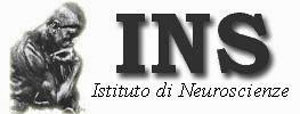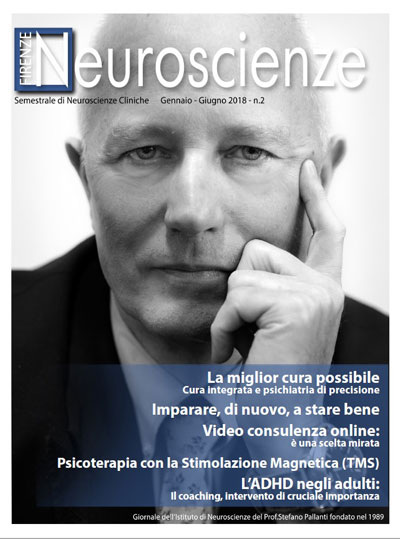rTMS age dependent response in treatmentresistant depressed subjects:
a minireview
Stefano Pallanti, Andrea Cantisani, Giacomo Grassi, Sarah Antonini, Chiara Cecchelli, Jiulia Burian, Gilla Cauli and
Leonardo Quercioli
Abstract
Background In old age, depressive syndromes often affect people with chronic medical illnesses, cognitive impairment, and disability, which can worsen the outcomes of other medical disorders and promote disability. Repetitive magnetic transcranial stimulation (rTMS) is a simple and effective treatment in patients with treatment-resistant depression. Therefore the use of rTMS could be of particular potential benefit in treatment-resistant elderly patients, who often cannot tolerate the higher doses of drugs needed or show phenomena of intolerance and interaction. However, several studies assessing the efficacy of rTMS found smaller response rates in elderly patients when compared to younger samples. Nevertheless, the correlation between age and response is still a controversial issue, and there is no strong evidence to date. The aim of our study was to retest the effectiveness and safety of low-frequency rTMS in a 3 weeks active treatment in a group of resistant-depressed patients, and to investigate the role of age in the response to stimulation treatment.
Methods Enrolled in this study were 102 treatment-resistant depressed patients. The patients were treated with low-frequency rTMS over the right dorso-lateral prefrontal cortex (DLPFC) for 3 weeks with a simple protocol (420 pulses per session for 15 sessions). At baseline, at the end of the second week, and at the end of the third week of treatment, the Hamilton Depression Rating Scale (HAM-D) and the Hamilton Anxiety Rating Scale (HAM-A) were administered.
Results Low-frequency rTMS on the prefrontal dorsolateral right area resulted in a statistically significant reduction of mean HAM-D scores in the entire group of patients at the end of treatment. The responder’s rate in the whole group at the end of the third week was 56.86%. A significant inverse relationship between HAM-D reduction and age was found in the “older” (>60 years old) group, not in the “younger” (<60 years old) group.
Conclusion Results from this study show that low-frequency rTMS over the right DLPFC, with a relatively low number of pulses (420 pulses per session) and a relatively short period of treatment, is effective in the treatment of resistant patients (in a sample also including elderly patients) in a 3-weeks treatment protocol with a low reduction with the progress of age. Furthermore, we found a greater response in younger patients and an inverse correlation between age and treatment response. Adaptations of the protocol according to age are reviewed.



